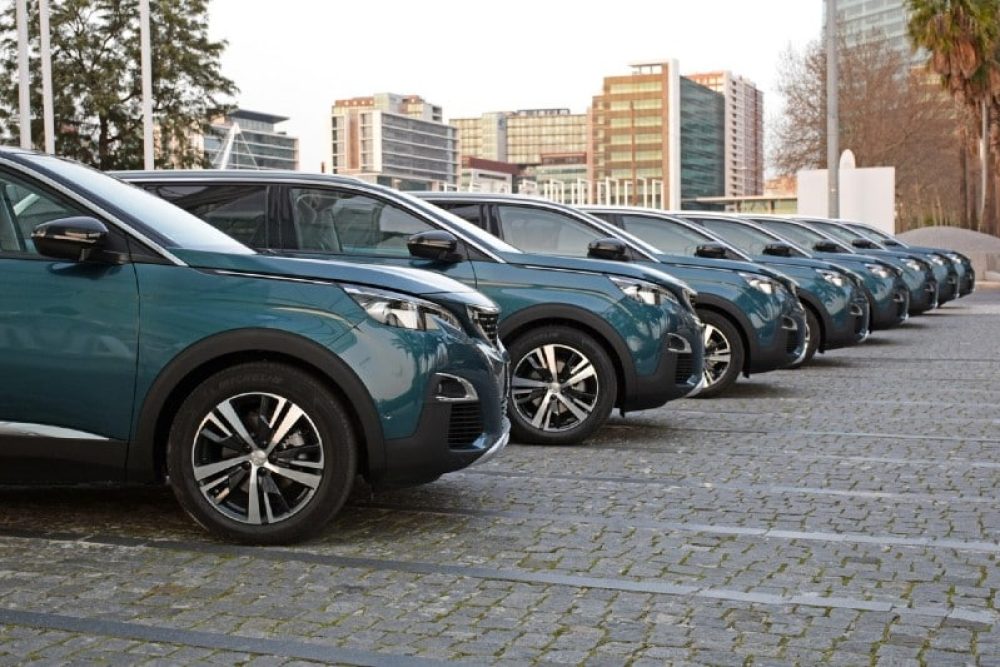EVERY company is different and your business doesn’t necessarily work in the same way that another motor trader does.
You need your insurance policies to reflect your business specifically. Otherwise, using a generic policy or blanket cover might involve overpaying for insurance or leaving your motor trade business without the protection it really needs.
The advantage of commercial fleet insurance is that you have the ability to tailor your insurance to suit your business.
This means you have the power to push down costs, and one of the best ways to lower the costs of your fleet insurance is to focus on your drivers.
Three ways you can work with your staff to drive down insurance costs:
- Restrict who can drive your vehicles
- Put sensible limits in place
- Install in-vehicle monitoring
Restrict who can drive your fleet of vehicles
If you want to reduce the amount your business pays for fleet insurance, the first thing you should do is consider who you want as drivers.
Although most insurance firms offer an option for insuring any driver on your fleet policy, you might find you’re paying a lot for a small convenience.
It’s cheaper to add named drivers for your vehicles, as long as they are mature, safe and experienced behind the wheel.
When recruiting driving staff, make sure:
- Your drivers are over the age of 25
Insurance providers don’t tend to insure younger drivers, and if they do, the price is usually high. You’ll get a much better deal if you only insure drivers who are 25 and over. - Your drivers have clean licenses
Choose reliable drivers who are unlikely to speed or drive irresponsibly. The obvious benefit is that you decrease the risk of a business vehicles being involved in an accident. On top of this, your insurance premiums tend to lower when your provider trusts that you have safe drivers. - Your drivers are well trained
If your staff aren’t already considered professional drivers, you might want to invest in advanced driving courses.
Put sensible limits in place
Depending on the business you run, your staff might spend long hours working, and this could involve covering extensive distances in commercial vehicles.
Although much of this is part and parcel of the motor trade industry, it also brings risks. Your staff need to be in a fit state to drive safely and your insurance firm needs to be satisfied that this is the case.
Putting sensible limits in place that keep your staff feeling rested will indicate to your insurance firm that your drivers are never overworked or overtired. This can push your insurance quote down, offering you better value for money on your fleet insurance deal.
For your policies and process, you can:
- Adhere to legal limits
There are already some legal limits that dictate how long a driver should be on the road before they take a break. As an employer, you should take a proactive approach to enforcing this rule. - Create your own driving policy
If your drivers usually cover ground at night or in driving conditions that are not ideal, you might want to put additional measures in place to ensure staff are taking extra breaks, even if this is not required by law. - Cap the mileage
Sometimes it makes sense to cap the mileage a driver can cover over a shift, to ensure they will not drive dangerously because they are tired.
Install in-vehicle fleet monitoring
There’s always a risk that your staff might bend the rules or push the boundaries. However, in some instances, you will want to guarantee that this won’t happen for safety purposes.
Install technology such as:
- Tachographs:
You can track drivers using tachograph recording equipment. This keeps records of driving time, breaks and rest time so you can easily demonstrate to insurance providers that your staff are taking sufficient breaks. - Telematics devices:
Adding a black box or telematics device to each commercial vehicle in your fleet is an excellent way of showing insurance companies just how safe your drivers are. These also serve as a gentle reminder to your staff that they should be driving sensibly and adhering to road safety rules. - Hands-free mobile kits:
It’s illegal to use mobile phones while you’re driving, but unfortunately that doesn’t stop everyone. You can reduce the likelihood of your drivers being tempted to operate their phones when behind the wheel by installing hands-free kits in vehicles.
By focusing on your drivers, you prioritise their safety and this reduces the risks of road traffic accidents while your staff are on the job.
Opting to share driving data with insurance providers helps them to gain a transparent understanding of whether your staff drive responsibly.
As long as your employees can reliably stick by the rules and drive safely, this is a smart commercial decision because you are positioning your business for long term cost savings on your fleet insurance premiums.







